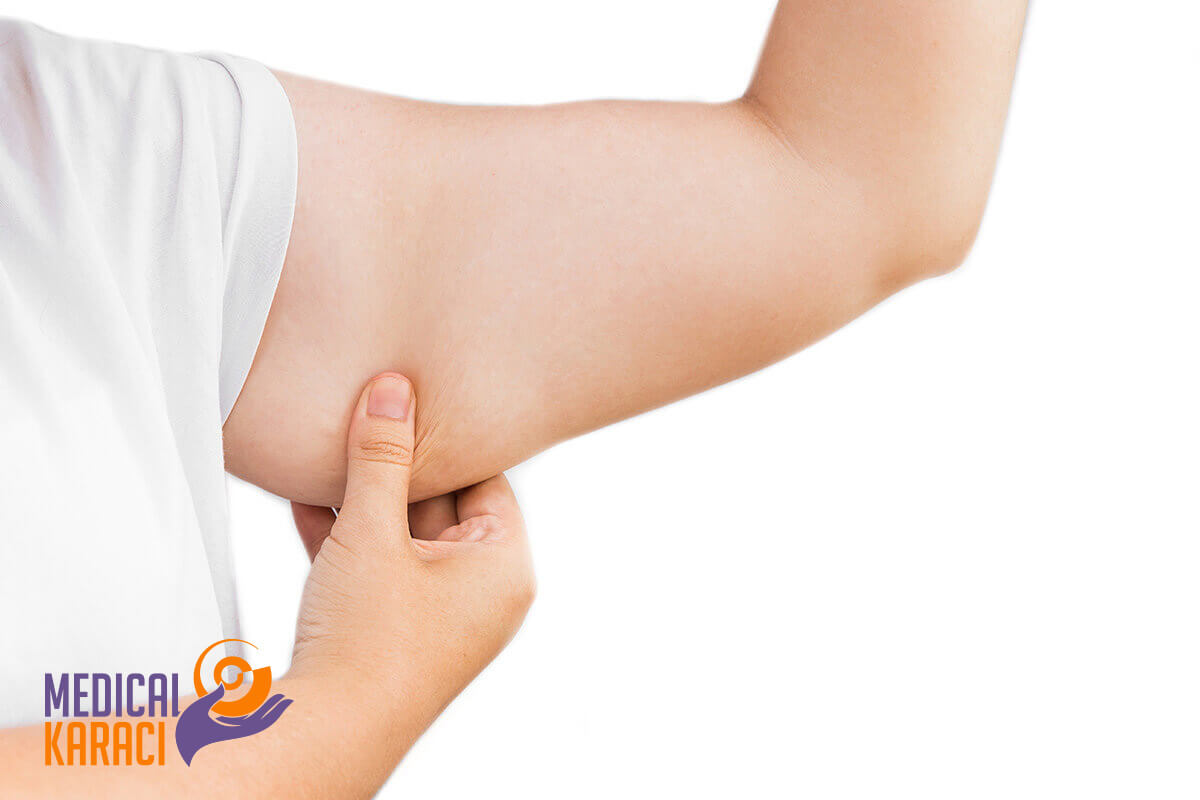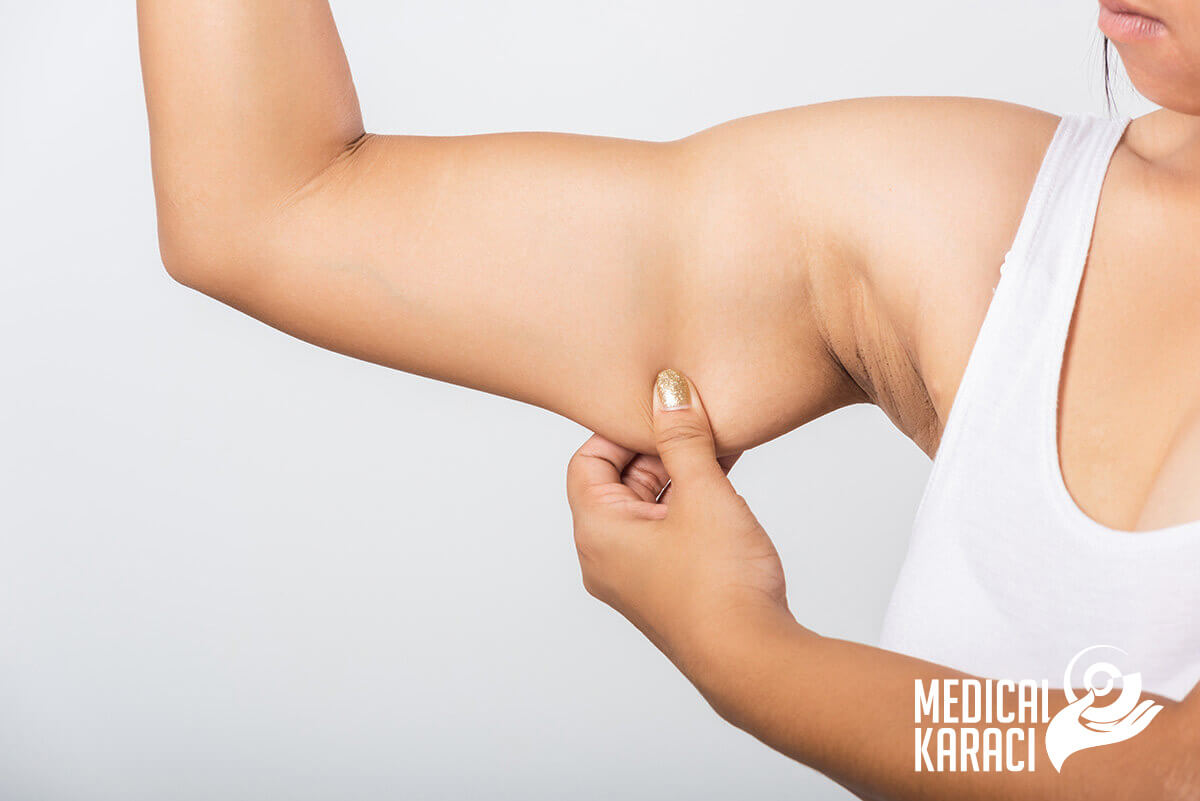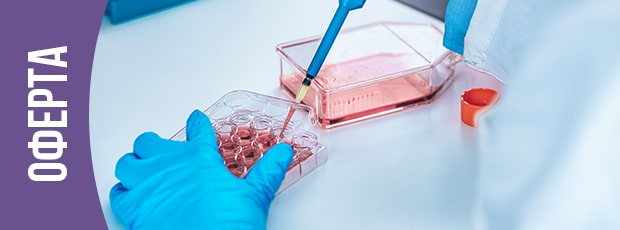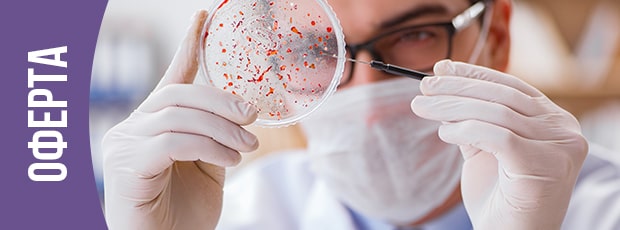If you have excess skin and fat on the upper, back of your arms that is causing you discomfort, brachioplasty is right for you.
What is brachioplasty?
Brachioplasty, also called an arm lift, is a surgical procedure to improve the appearance of the lower arms. During the procedure, excess, loose skin and fatty deposits are removed to achieve a better contour of the back of the arms.
Why is brachioplasty done?
The accumulation of fat and loose skin on the back of the arms is a problem that occurs mainly in elderly people. Brachioplasty is suitable for you if you have been overweight and have recently lost a lot of weight. You may not be happy with how your upper arms look if you have extra creases under your arms. These extra skin folds can cause the following problems:
- General discomfort
- Inflammation and rash - this can lead to infection.
- Hygiene problems in this area
- Poor self-esteem and a desire to wear clothes that cover that part of the body
Before the operation
You should not do this operation until you reach a stable weight. If you lose weight after surgery, you may develop new areas of loose skin. If you gain a lot of weight after your brachioplasty, it can damage stretched skin and cause stretch marks and uncomfortable scars.
If you smoke, you should quit at least a few weeks before surgery. Smoking significantly increases your risk of complications and can delay your recovery. Ask your surgeon if you should stop taking medication before surgery. Be sure to also ask about over-the-counter medications, such as aspirin. Do not eat or drink anything after midnight the night before the day of surgery. Also, tell your surgeon about any recent health problems you have had, such as a fever, for example.
Your doctor will perform a physical examination. He or she will also take photographs of your hands and discuss with you the best approach for your particular case.
Explain to the doctor why you want an arm lift or facelift. Make sure you thoroughly understand the benefits and risks of the surgery.
Your surgeon can give you more instructions on how to prepare for surgery.
Techniques of brachioplasty
- Liposuction of the hands
The least invasive way to contour the upper arms is to simply remove excess fat through liposuction. However, traditional deep liposuction often leaves loose and wrinkled skin. An alternative to this is circumferential para-axillary superficial tumescent liposuction, which maximizes skin retraction.
- Brachioplasty with hidden /minimal/ incision
With appropriate indications such as adequate skin elasticity and minimal excess skin, the surgical incision for brachioplasty can be placed under the arm. This allows easy concealment of the scar. Minimal incision brachioplasty involves upper arm lipoplasty, excision of the broad axillary and upper arm, and dermal suspension of the upper arm skin to the axillary fascia.
- Traditional brachioplasty
A typical brachioplasty involves the removal of excessively loose skin through surgical excision, leaving a scar along the bottom of the upper arms.
- Advanced brachioplasty
If there is also a significant amount of loose skin that runs from the upper arms and continues along the chest wall, an extended brachioplasty may be necessary. In an extended brachioplasty, the incision and excision of skin continues along the upper arm over the area under the arm along the chest wall.
What are the steps of the arm lift procedure?
- Step 1 - Anaesthesia
The operation itself lasts 2 to 3 hours and takes place under full anaesthesia. The stitches are removed between the 10th and 14th day after the procedure. The anesthesiologist will monitor your heart rate, blood pressure, and other vital signs during surgery.
- Step 2 - The cut
The length and type of incision during arm lift surgery depends on the amount and location of excess skin to be removed, as well as your plastic surgeon's judgment.
The incisions are usually placed on the inside of the arm or on the back of the arm, depending on the surgeon's preference, and may extend from the armpit (axilla) to just above the elbow.
Depending on your specific condition, incisions may be more limited. The underlying supporting tissue is then tightened and remodeled with internal sutures. The surgeon then reconnects the skin. This creates a smooth contour of your arm.
- Step 3 - Close the incisions
Your incisions will be closed with either resorbable sutures or stitches, which will be removed within one to two weeks after surgery.
- Step 4 - Results
The smoother and tighter contours that result from brachioplasty are evident almost immediately after your procedure, although there will likely be swelling and bruising. The surgery leaves a scar on the inside of the arm that fades between 3 and 12 months after the procedure, depending on the case.
The final result of brachioplasty can be seen at the second month after surgery.
Recovery period
The stay in the clinic after brachioplasty is one day. Sutures are removed on the 12-14th day. Dressings are changed every 2-3 days after surgery and should not be wet. It is recommended that patients wear special constricting sleeves to tighten the arms for the first few weeks after surgery.
Brachioplasty surgery is not painful and recovery is fairly quick. To reduce postoperative pain, simple painkillers can help. Patients can return to work up to one week after surgery. Light exercise and exertion are possible for a few days after surgery. More serious activity is recommended after about a month.
Risks:
- Bleeding
- Infection
- Swelling of the hands
- Formation of serum-collecting liquid
- Asymmetry
- Aesthetic, inflamed or itchy scars
- Changes in sensitivity and numbness in the upper arm or even in the forearm









